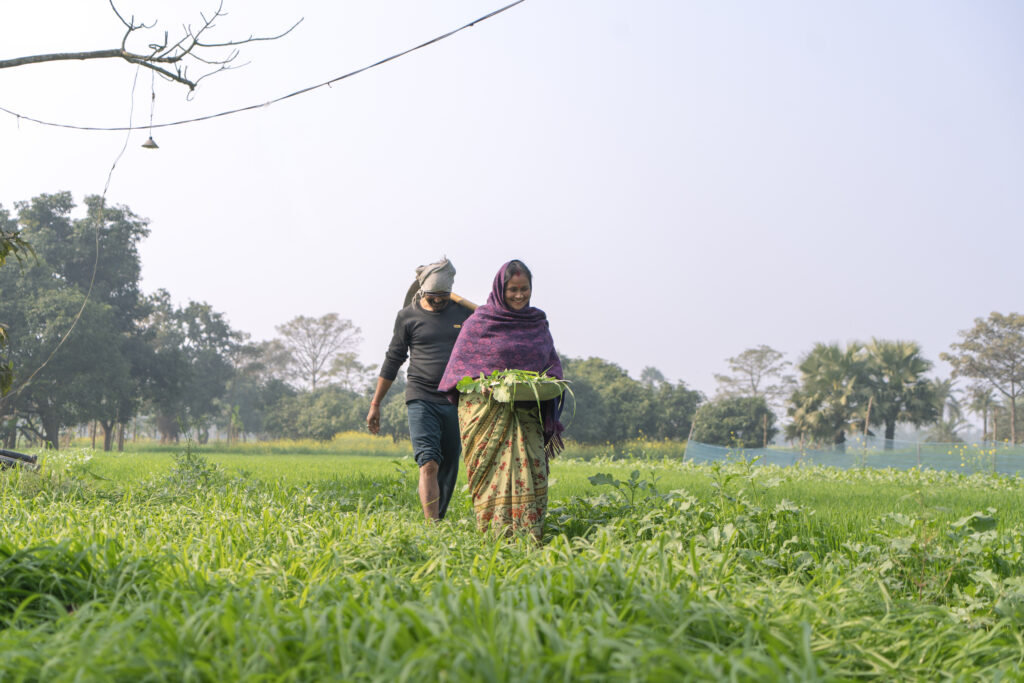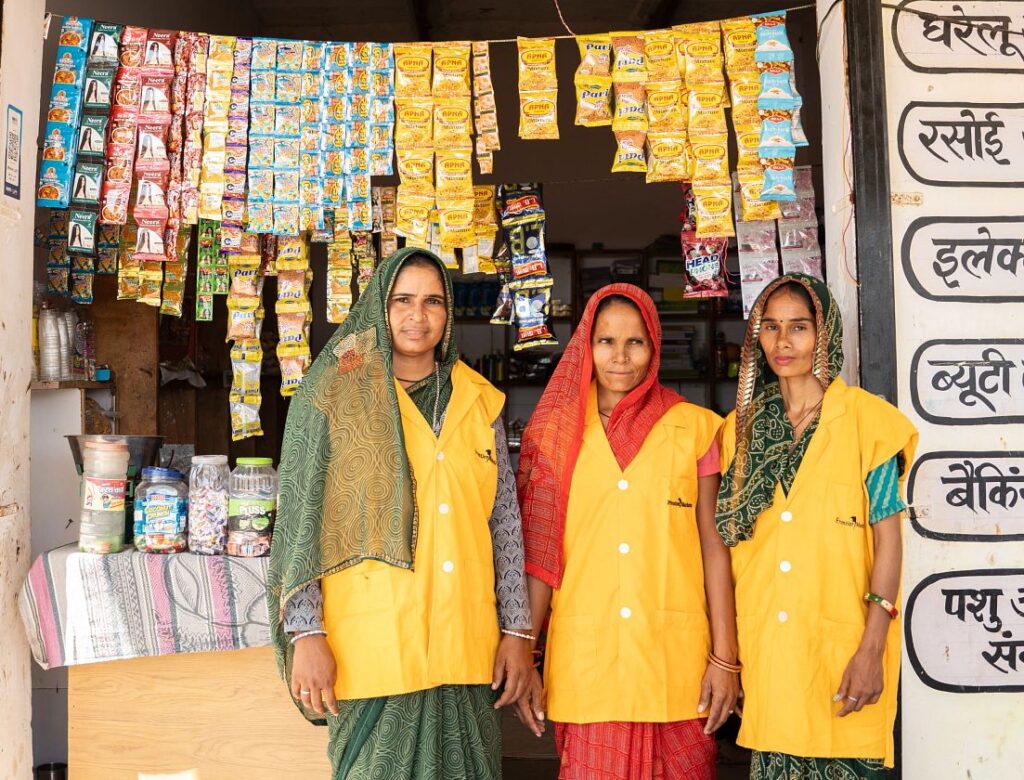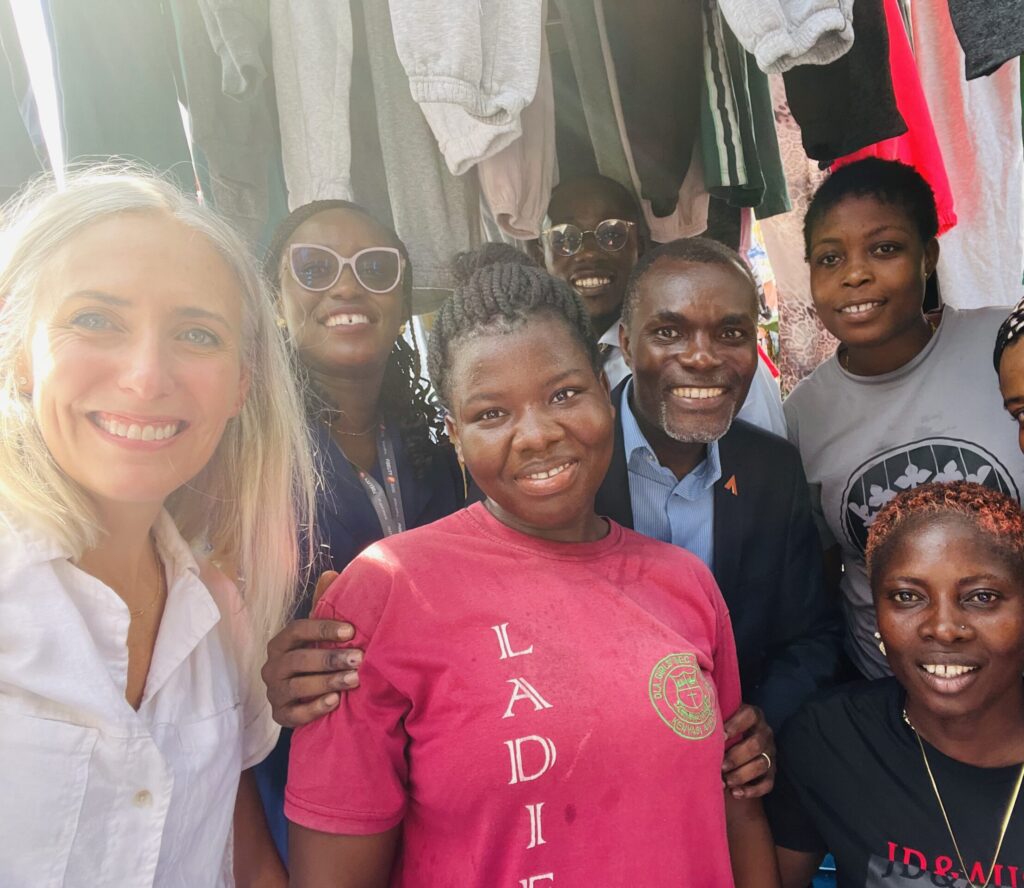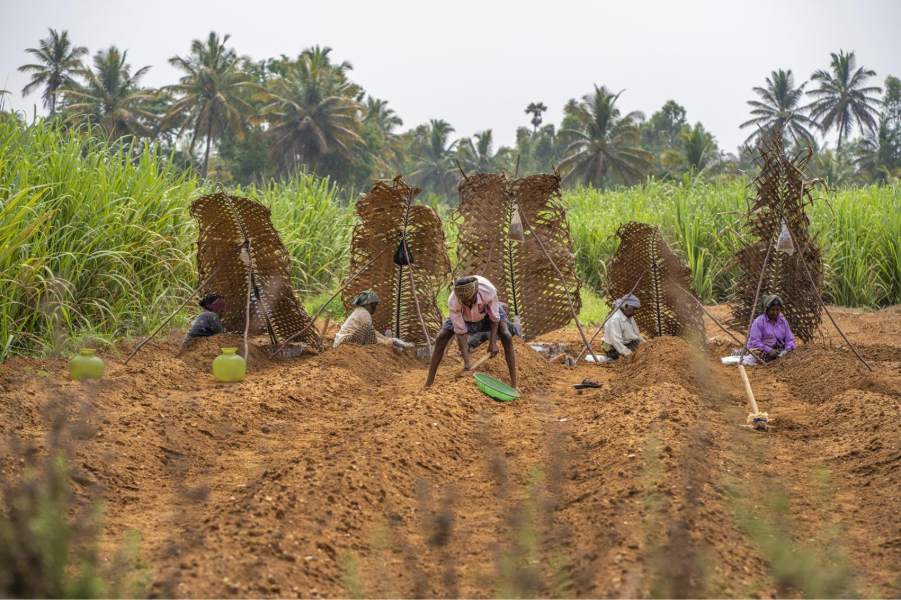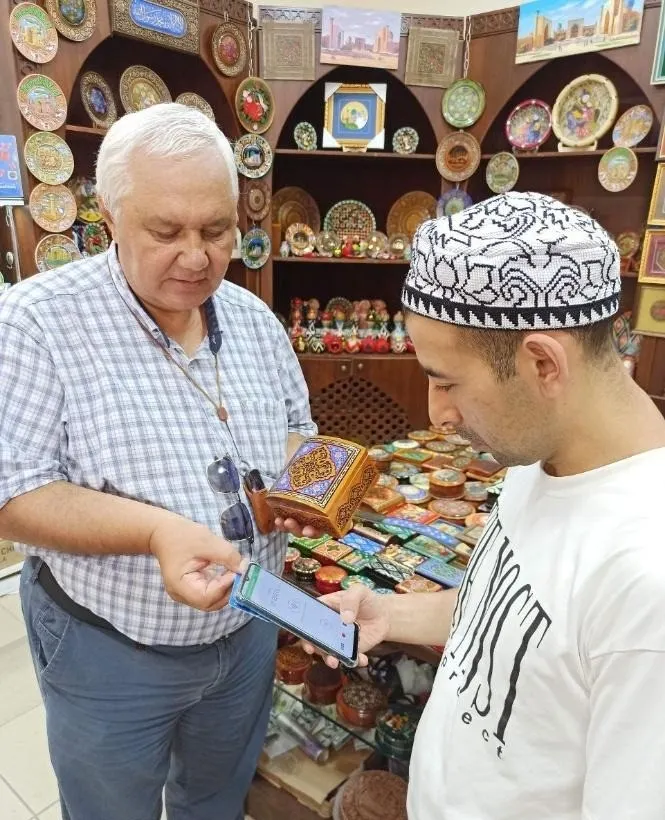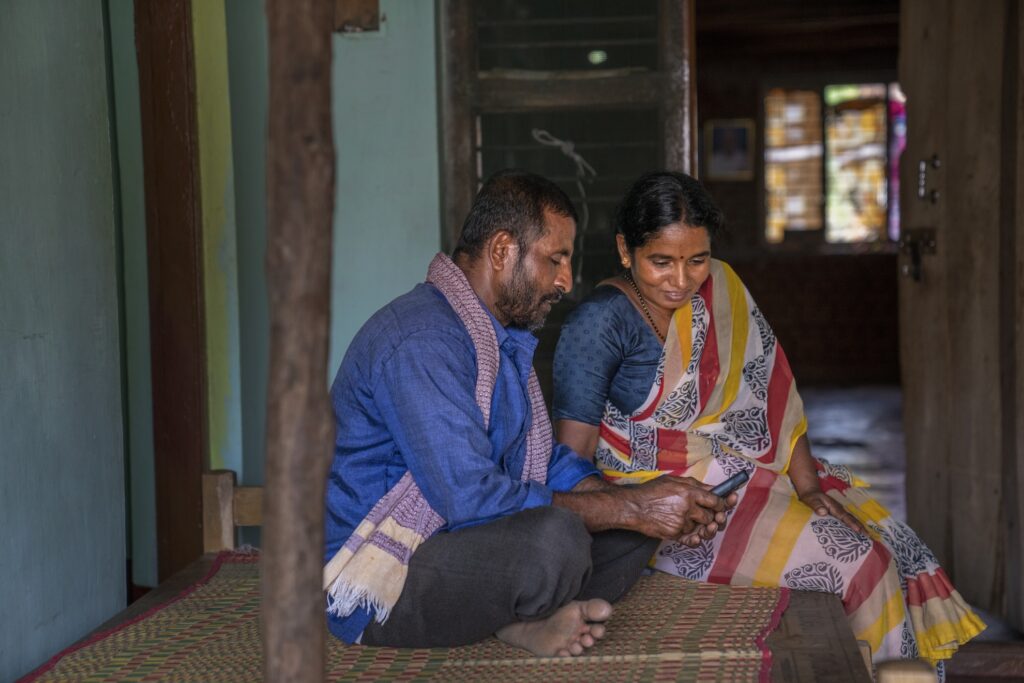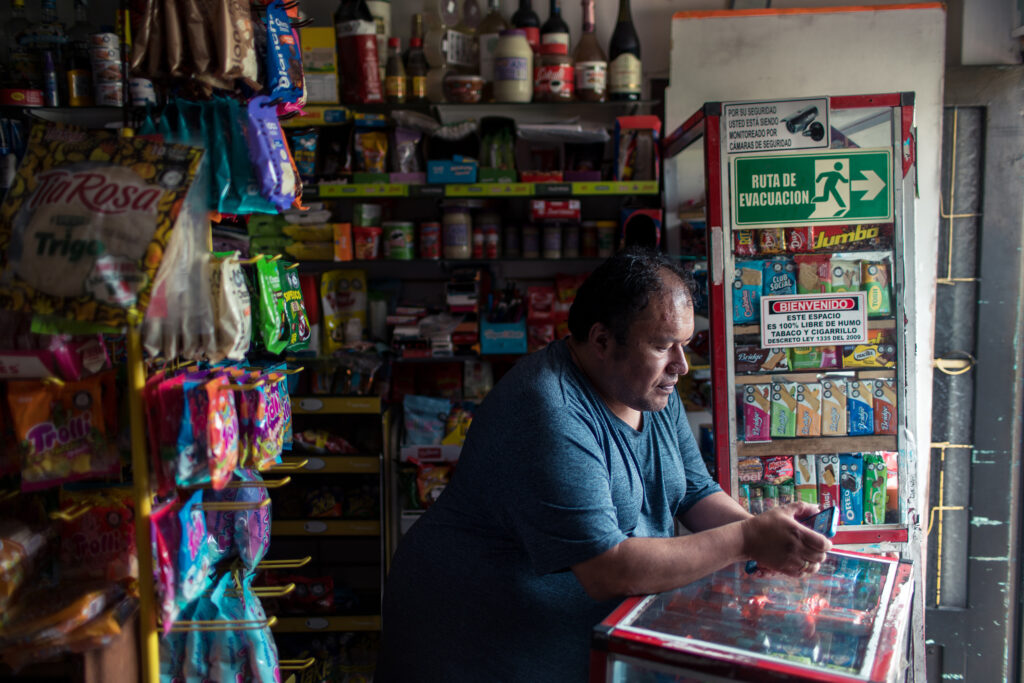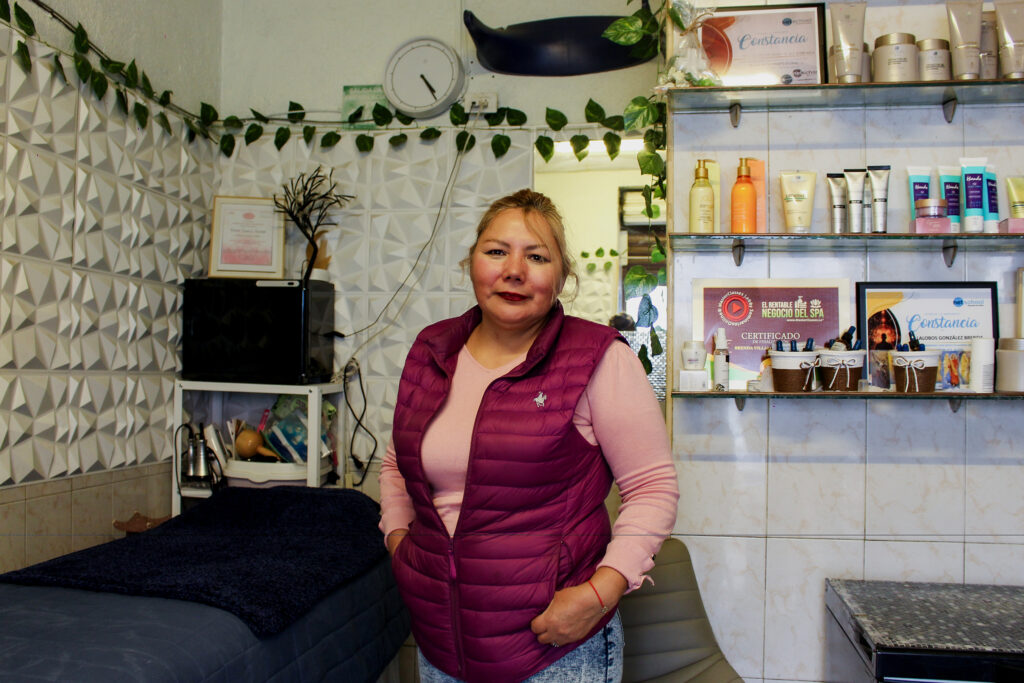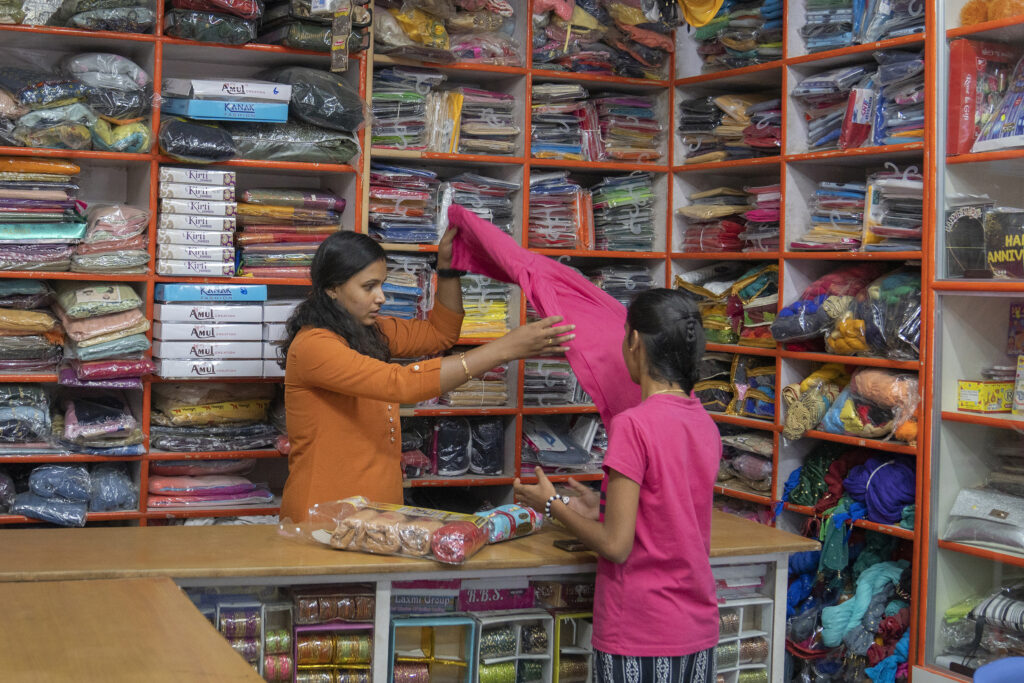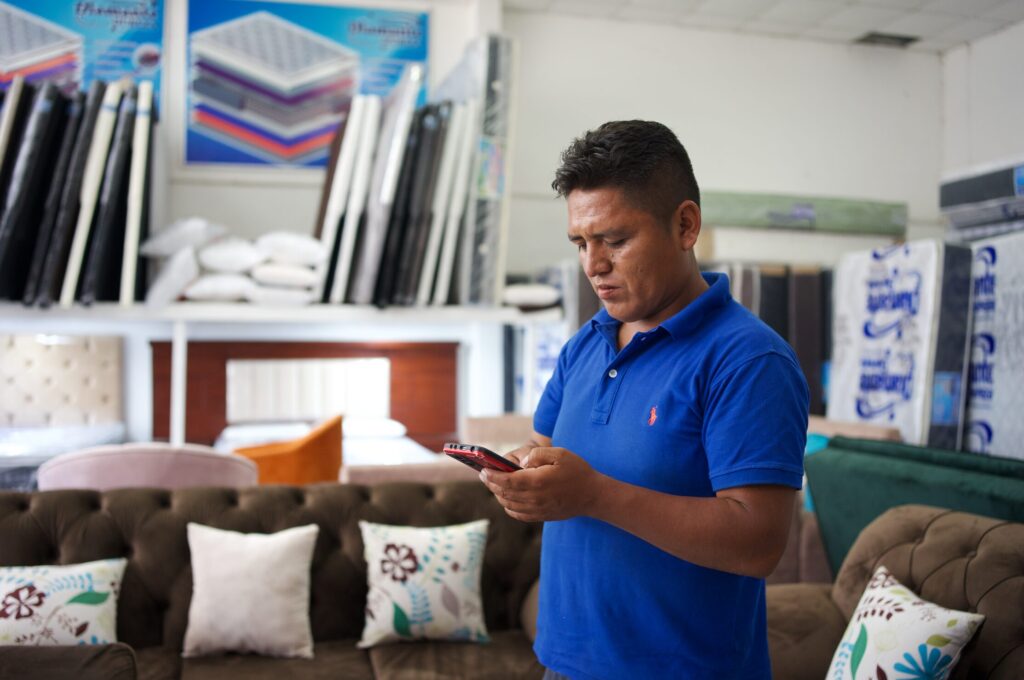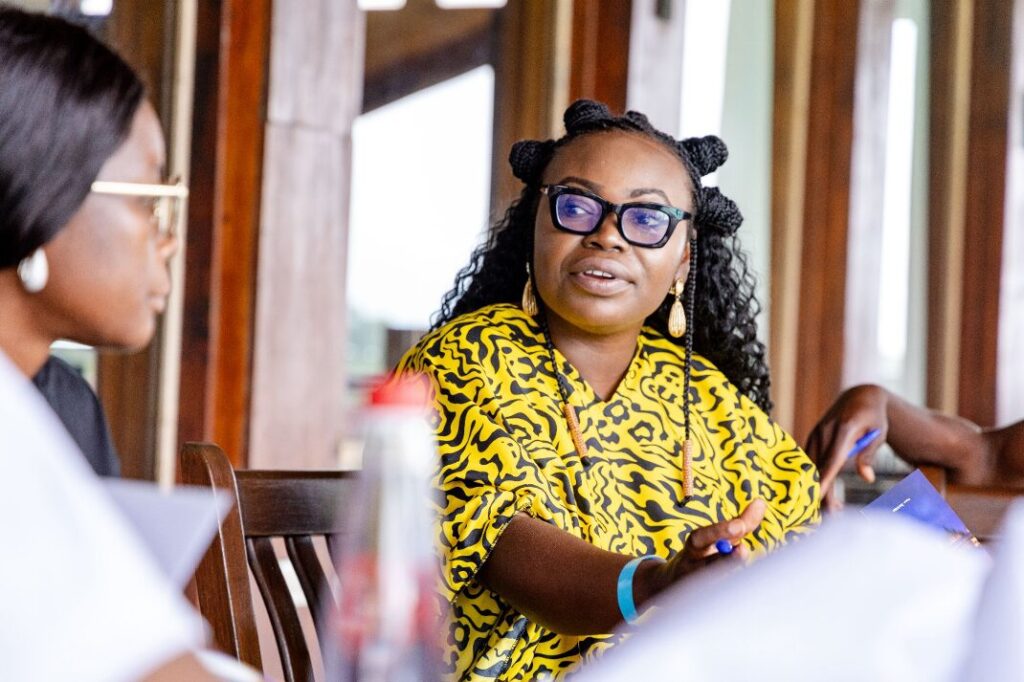Sita Devi used to cover several miles of jagged, unpaved rural trails in Sundarpur Ratwara village in Bihar, India, to reach the riverbank and wait for the local boatman to ferry her across the river to reach the nearest bank branch. “First, we would go to the riverbank by foot and wait for the boat for about an hour. When the boat would come, we’d sit and cross the river … I used to feel very scared,” shared Sita. She further added, “Then, we would walk to the road on the other side, take an auto-rickshaw, and then reach the [bank] office. It was very inconvenient.” In India, millions of rural women, like Sita, face similar challenges in accessing banking and financial services.
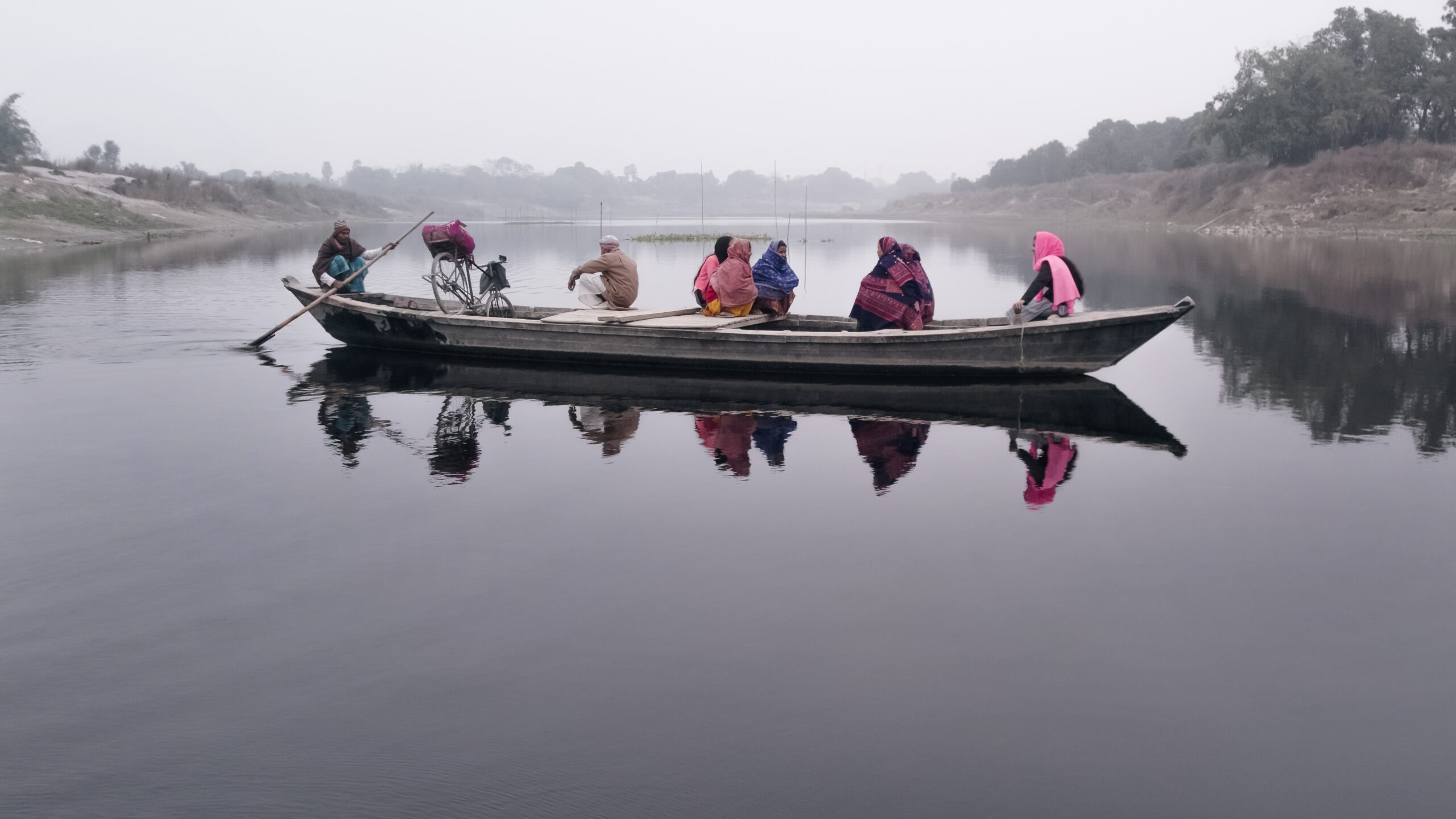
India has over 63 million micro and small businesses, half of which are in rural areas. Nearly 20 percent of those rural enterprises are owned by women, who often engage in small-scale farming, livestock rearing, and running mom-and-pop shops to supplement their household incomes. Despite playing a critical role in steering rural economic development through their small enterprises and active labor force participation, rural women in India are most deprived in terms of access to bank credit.
Domestic responsibilities, long hours of inconvenient travel at the risk of loot and theft, and loss of daily wages or income from their small businesses incurred during travel often discourage rural women from actively using financial services. Ashok Kumar Mahato, Sita’s husband, shared, “We had to carry cash from the ATM, which was far. There were incidents of snatching away money. That’s why a lot of women hesitated [to go to a bank branch].”
Despite an increase in bank account ownership under the government’s Pradhan Mantri Jan Dhan Yojana program, these bottlenecks can make women dependent on men to manage finance-related activities. Since financial institutions often measure credit risk based on applicants’ financial transaction account history, low engagement, and inactive accounts adversely affect rural women’s creditworthiness, their small businesses — and subsequently their financial independence.
Adopting digital channels can enable these rural women entrepreneurs to access critical financial services — such as savings, credit and insurance services — that can help them invest in their small businesses and supplement their household income.
Accion, in collaboration with HSBC India, worked with Fincare Small Finance Bank and Satin Creditcare Network, to address these challenges and drive digital payment adoption among low-income women in rural India. Accion developed a digital capability building program that helped women — many with limited education and awareness — understand the nuances of digital payment channels.
The project not only addressed the technical barriers but also tackled the social and psychological hurdles many women face when integrating into the digital ecosystem. The initiative provided hands-on support to women customers by leveraging existing Joint Liability Group structures and enabled them to pay their loan EMIs digitally for the first time.
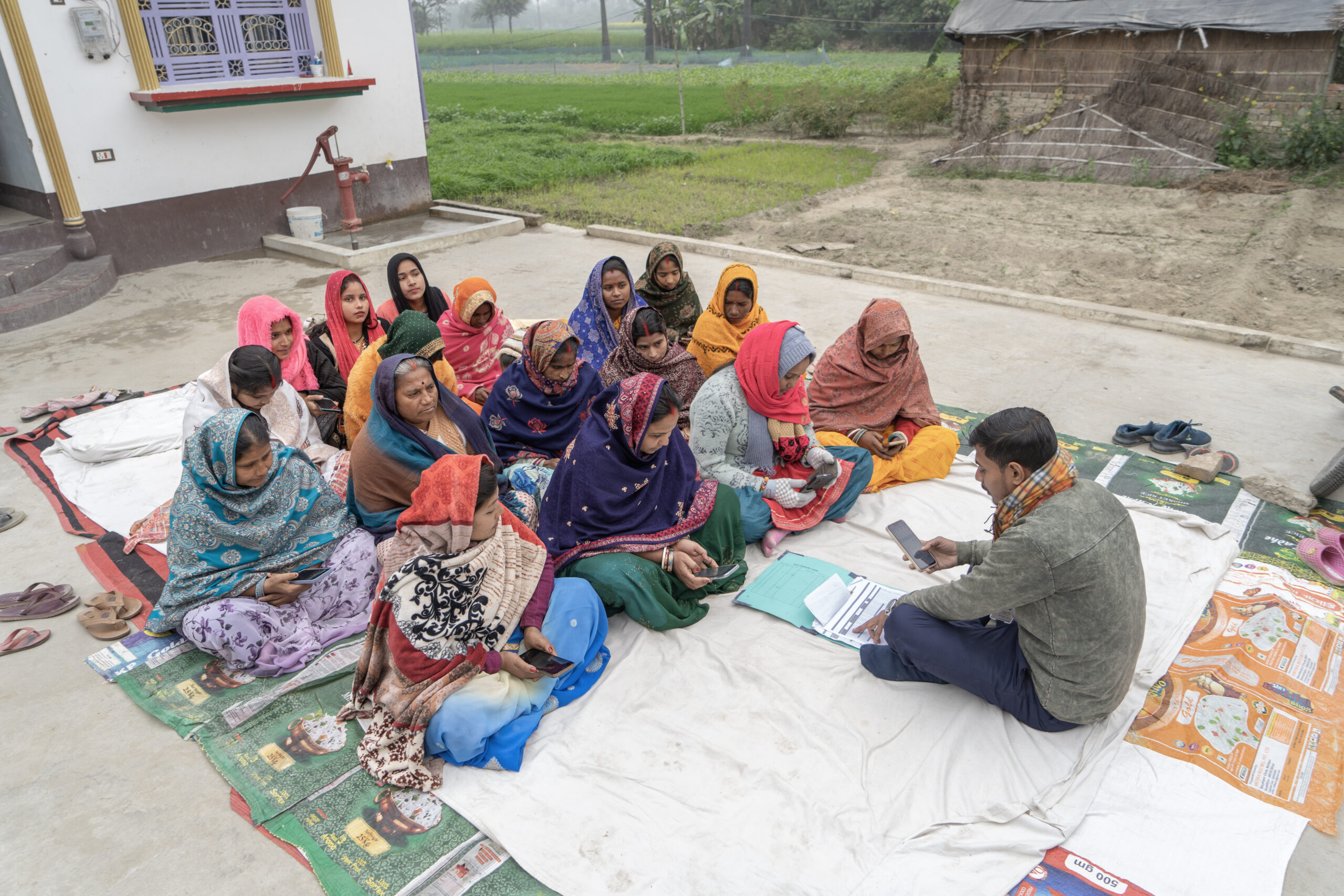
Sanjana Kumari, Sita’s neighbor and a customer of Fincare Small Finance Bank, shared, “[Our loan officers] told us how to scan and pay money. … [how] to use PhonePe or loan ID to repay our loan. Now, we can pay online while sitting at home.”
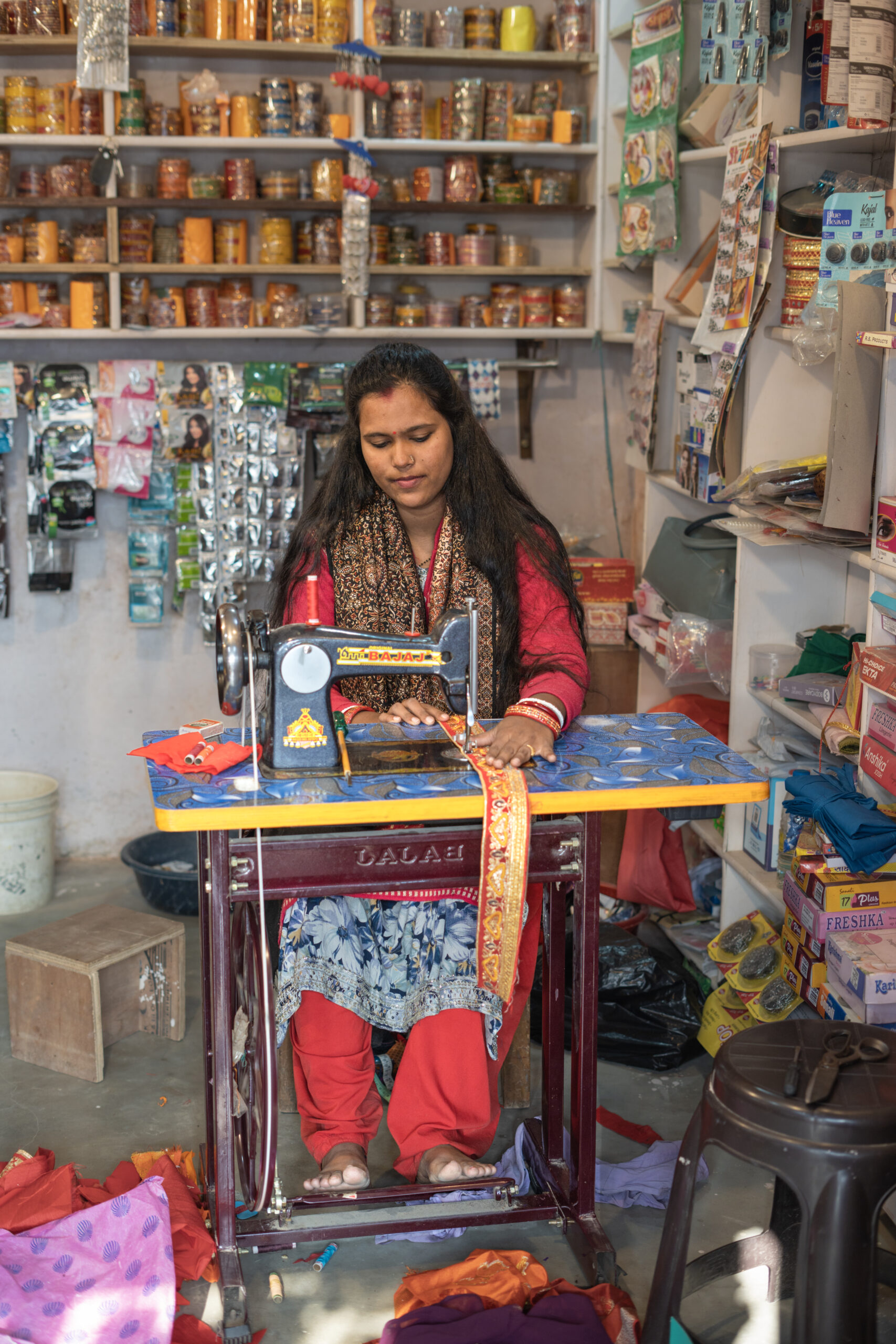
Digital payments introduce customers to digital financial platforms and their relevance and help them overcome hesitations related to perceived usefulness, adoption of technology, and concerns related to security and trust. This enables them to adopt and embrace a wider range of digital financial services that can help them grow their businesses. “We are learning so much,” shared Priya Kumari, Sita’s daughter. “We can just scan and make and receive payments. If I have to pay someone, I don’t need to carry cash all the way and give it to them. And when customers visit [my] boutique, I can accept payments also directly. It helps my business.”
Access to credit and the adoption of digital financial services have helped the women of Sundarpur Ratwara village build profitable businesses to support their families, but the ripples of change go beyond financial security. As women are becoming financially independent, they are reclaiming their position as equal decision-makers in their families, a source of inspiration for their peers, and leaders in their communities.
“Everything in the family has changed. If I bear family expenses, she also bears family expenses. I have received a lot of support from my wife,” shared Ashok Kumar Mahato, Sita’s husband. He further added, “Families are prospering. There is better bonding between men and women. We are moving forward as collective decision-makers.”
With support from the project, more than 126,000 women across India have started making digital payments, accessing financial services that can help them build thriving businesses. With renewed support from HSBC, we have partnered with Utkarsh Small Finance Bank, Belstar Microfinance, and Swabhimaan Finance, aiming to support another 100,000 rural women in their journey towards building confidence and a resilient future.
Reflecting on her journey, Sita shared amusingly, “Now, it’s been several months, that I haven’t even looked at the boat. I feel confident. I feel I have become capable of achieving everything.”
